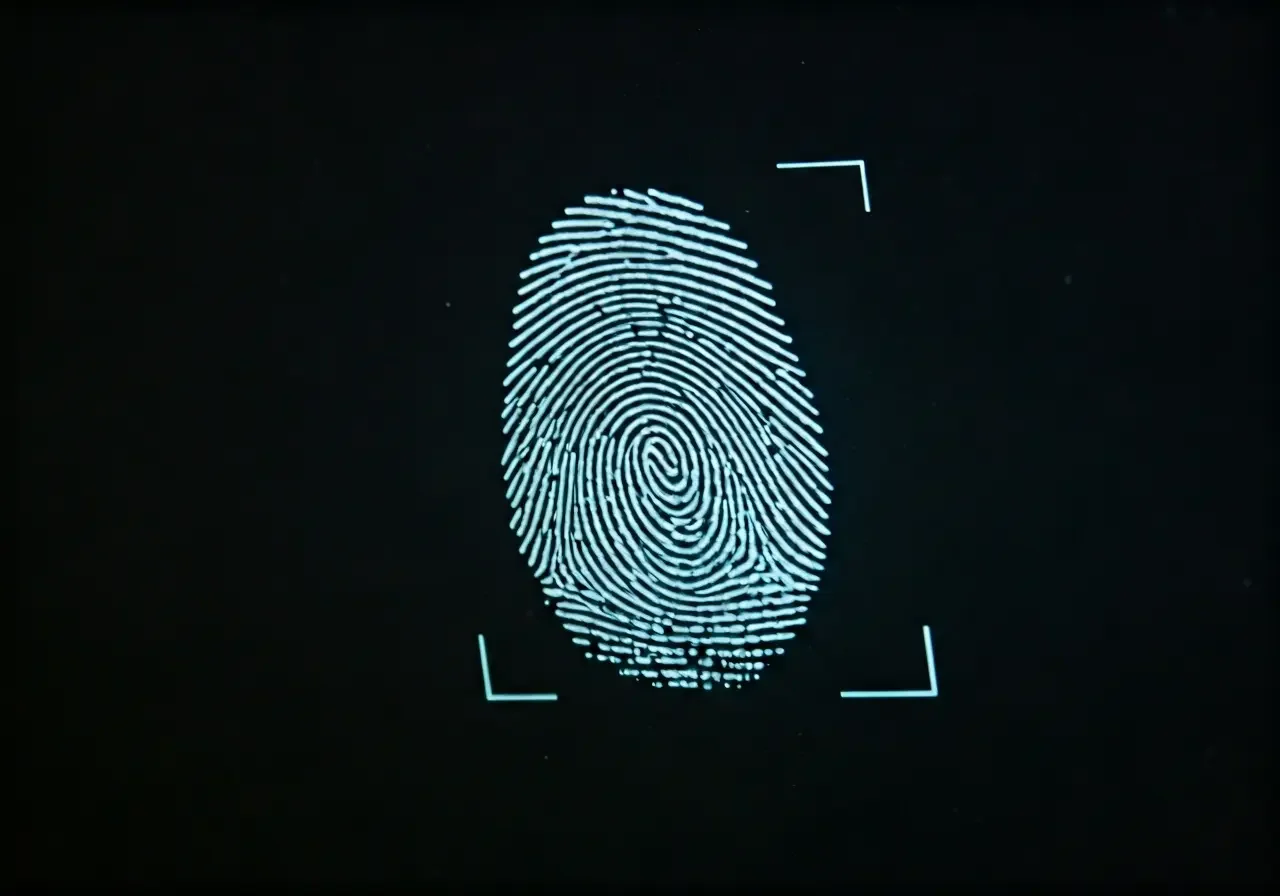Understanding the Role of Digital Evidence Recovery in Modern Forensics
In today's digital age, the landscape of forensic investigation has drastically evolved. Gone are the days when forensics relied solely on physical evidence—now, digital evidence recovery is at the forefront of modern investigations. In this blog, we'll delve into how digital evidence recovery fits into the world of forensics and its vital role in unveiling the truth.
The Evolution of Forensics: From Physical to Digital
The transition from traditional forensic methods to digital evidence recovery reflects our society's growing reliance on technology. Early forensic practices focused heavily on physical evidence collection, like fingerprints and DNA. However, with the rise of digital communication and internet usage, the need for digital evidence recovery has become indispensable.
In recent decades, the landscape of crime and investigation has shifted dramatically. Forensic scientists now navigate a complex digital arena where mobile phones, computers, and even smart home devices can be crucial to solving cases. This transition is not just a technological shift but a paradigm shift in forensic science. It's a transformation that reinforces the necessity for investigators to be as adept at navigating digital platforms as they are with traditional methods.
Consider the rapid proliferation of smart devices in our daily lives. Every interaction with these devices leaves a digital trace that potentially contributes to a wealth of information available to forensic investigators. This massive influx of data requires not only advanced skills but also innovative tools and methodologies. Forensic experts must continually upgrade their expertise to effectively harness digital evidence in a way that supports the legal requirements for admissibility in court.
What is Digital Evidence Recovery?
Digital evidence recovery refers to the process of retrieving data from electronic devices. This can include anything from computer files, emails, and SMS messages to data stored on cloud servers. Skilled forensic teams use specialized tools to recover this data, even if it has been deleted or altered, providing critical information during investigations.
At its core, digital evidence recovery is about uncovering the unseen. It involves deciphering digital footprints that could potentially unravel complex narratives hidden within bytes of data. This process often acts as a silent witness in investigations, where seemingly innocuous data points become crucial building blocks in retracing the steps of a criminal act.
The process is remarkably intricate, requiring a nuanced understanding of both technology and investigative techniques. Professional digital forensic experts utilize cutting-edge tools—capable of restoring deleted, encrypted, or corrupted data—while maintaining rigorous adherence to legal standards and chain-of-custody procedures that ensure evidence is unimpeachable in court.
Key Techniques Used in Digital Evidence Recovery
Various techniques are employed in digital evidence recovery, such as data carving and file signature analysis. These methods help forensic experts to uncover hidden or deleted files and ensure the integrity of the retrieved data. Moreover, advanced software tools allow for the thorough examination of hard drives, mobile devices, and other digital media.
File carving, for instance, is a crucial technique used to piece together file fragments on a storage medium. When files are deleted, they often leave behind remnants that experts can reconstruct to restore the original file. Similarly, file signature analysis involves identifying files based on characteristic patterns or 'signatures,' which can be especially useful when file names and extensions are misleading or incorrect.
Another important technique is memory forensics, which involves extracting valuable information from the computer's volatile memory (RAM). This practice can reveal running processes and open network connections, providing snapshots of the device's state at a given point in time. It’s particularly helpful in uncovering evidence of malicious activity that may not leave a trace elsewhere on the device.
Challenges and Limitations in Digital Evidence Recovery
Despite its importance, digital evidence recovery faces challenges, such as encryption and data corruption, which can hinder access to crucial information. Additionally, the fast-paced evolution of technology requires continuous adaptation and learning for forensic experts to stay ahead in their field.
A prime challenge is encryption, which, while protecting user privacy, complicates forensic efforts when data is concealed behind robust encryption protocols. This hurdle necessitates a fine balance between technological capabilities and legal boundaries since forensic experts must navigate these conditions ethically and legally to ensure that any evidence gathered remains admissible.
Additionally, the sheer volume of data generated daily presents a daunting task. Forensic teams must sift through expansive datasets to extract relevant information, often working against tight timelines. This demands high efficiency and accuracy, which can be demanding with the current resources and may call for more sophisticated tools in the future.
Applications of Digital Evidence in Solving Crimes
Digital evidence has played a pivotal role in unraveling complex cases, from cybercrimes and fraud investigations to tracking criminal activities through digital trails. By piecing together digital artifacts, investigators can reconstruct events and gather evidence to support their findings in court.
One of the most compelling applications is its use in combatting cybercrimes. As criminal networks leverage technology for illicit activities, forensic experts use digital evidence to dismantle these operations. They analyze data traffic patterns, location data, and online activities to trace back to the perpetrators, dramatically shifting the dynamics of traditional crime-solving methods.
Beyond cybercrime, digital evidence assists in numerous other arenas, such as domestic disputes and employment investigations, where it can clarify timelines or reveal inappropriate conduct. The real power of digital evidence lies in its ability to provide concrete, impartial insights that often make the difference between conviction and acquittal in legal battles.
The Future of Forensics in a Digital World
As technology continues to advance, the role of digital evidence recovery in modern forensics becomes increasingly crucial. It offers a gateway to understanding the digital footprints left behind in various criminal activities. Embracing these advancements not only enhances the precision of forensic science but also strengthens the pursuit of justice in a technologically driven world.

